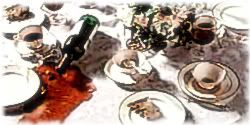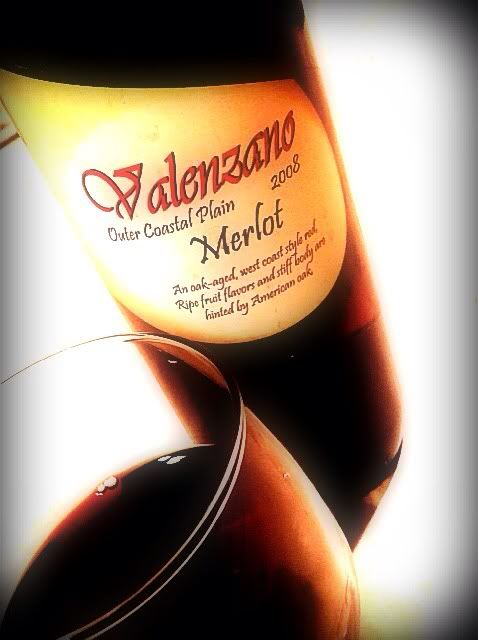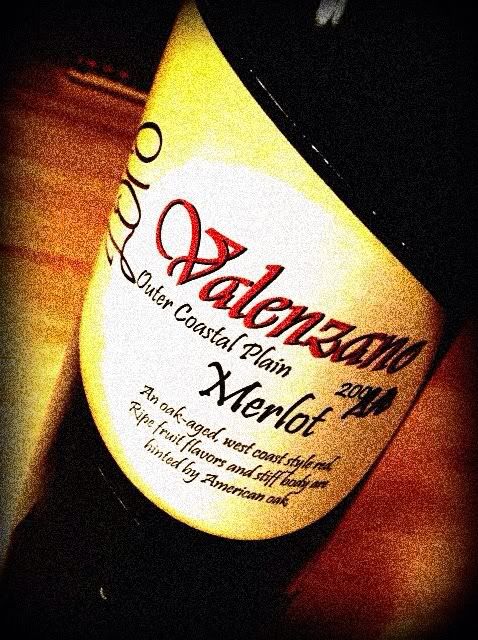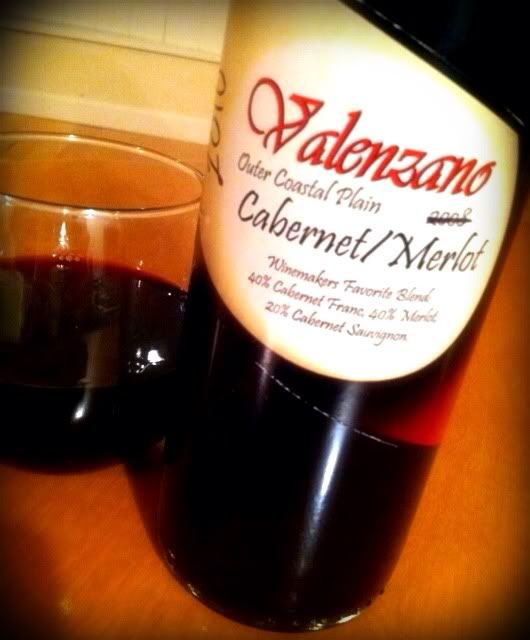Pairing wine with movies! See the trailers and hear the fascinating commentary for these movies, and many more, at Trailers From Hell. This week, we examine three films which center on getting even, with wine pairings for each.
Mandy is a 2018 action/horror film. It is a bloody, trippy, stylish movie which shows revenge served as cold as it gets. When you see Nicholas Cage take off on a revenge mission armed with an axe and a crossbow - the latter weapon has a name, by the way - you realize you expect Cage to be armed with an axe and a crossbow - one with a name, hell yeah.
Be prepared to see more blood than a heart surgeon sees as this tale of an unhinged man avenging his wife's murder spins off into the ozone. There is no denying that the bad guys have it coming to them - they are the sort of bad guys who scare away other bad guys. And, if you've ever wondered how you would handle this kind of revenge situation - I'll bet you'd want to handle it just like Cage's character does. As bloody as it can possibly be.
For Nicholas Cage, let's pair a wine from J. Cage Cellars of Sonoma County - no relation. Cage is Francis Ford Coppola's nephew, but changed his name to avoid looking like the beneficiary of nepotism. J. Cage has a handful of lovely Pinot Noirs available for around $50. Don't serve them cold - but a slight chill is perfectly alright.
It was 1958 when Hammer Films released Revenge of Frankenstein to an unsuspecting world. Well, maybe not so unsuspecting, since it was the second of six Frankenfilms put out by Hammer.
Revenge works more like a graveyard farce than a horror film. People keep evading trouble by showing a dead body, of which there seem to be plenty around for the showing. Little games of "who's in the casket" serve to mix up the horror into a frothy lather laced with gallows humor.
Since Revenge stars Peter Cushing, let's make a cocktail named for him. The Peter Cushing blends a jigger of dry gin and a half jigger of ginger wine. Stone's makes one that's affordable. Stir with ice and strain into a chilled cocktail glass. Personally, I never make a cocktail with a half jigger of anything, so adjust accordingly. Hell, the movie is an hour and a half long - make a pitcher. By the way, it is said to be smooth and complex, like Mr. Cushing himself.
The Abominable Dr. Phibes, from 1971, is a legitimate black comedy starring the great Vincent Price and the also great Joseph Cotten. Price plays a man who lost his wife in surgery a few years earlier, and he blames - you guessed it - her surgeons. To sum it up in a few words: they… will… pay.
His revenge is loosely based on the Ten Plagues of Egypt, which are more plagues than he needs, but not as many as he wants. Spoiler alert: the self embalming scene is probably one of the grislier concepts ever put to celluloid. But, in a fun way.
Price was a wine aficionado - he even had a wine tasting scene in The Black Cat segment of Tales of Terror - so this wine pairing must be perfect. You can listen to Price's opinion on the elegance of serving wine with dinner, although he is a California wine tout in this EP, which dates back to before Cali was on the world's wine map.
He likes Port, so let's go with a California Port-style wine as a pairing for Phibes. True Port, of course, only comes from Portugal, but I'll not raise the hackles of the revenge-minded Dr. Phibes. Bogle makes a lovely dessert wine of Petite Sirah grapes. Blood red, by the way.
Follow Randy Fuller on Twitter










 The
Rock And Roll Hall of Fame will induct new members on April 14, 2012 in
Cleveland, Ohio. It's the 27th annual induction ceremony, the 27th
time rock fans get to yell "It's about time!" or "Where's KISS?" With
all that shouting, we're going to need something to soothe our nerves.
The
Rock And Roll Hall of Fame will induct new members on April 14, 2012 in
Cleveland, Ohio. It's the 27th annual induction ceremony, the 27th
time rock fans get to yell "It's about time!" or "Where's KISS?" With
all that shouting, we're going to need something to soothe our nerves. Valenzano Merlot, Outer Coastal Plain, 2008
Valenzano Merlot, Outer Coastal Plain, 2008 Valenzano Merlot, Outer Coastal Plain, 2010
Valenzano Merlot, Outer Coastal Plain, 2010 Valenzano Cabernet/Merlot, Outer Coastal Plain, 2010
Valenzano Cabernet/Merlot, Outer Coastal Plain, 2010  Jersey Devil Port
Jersey Devil Port 









